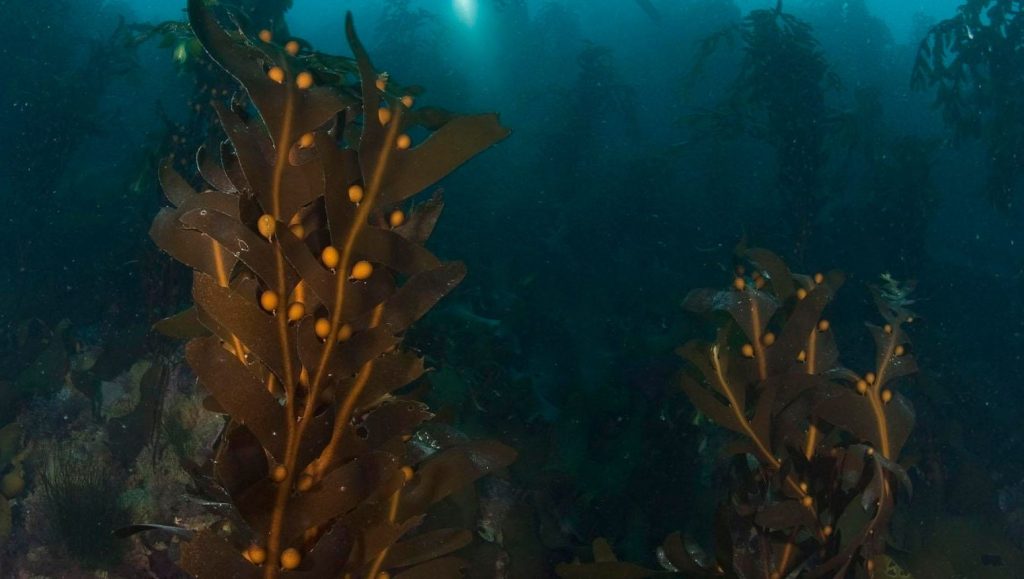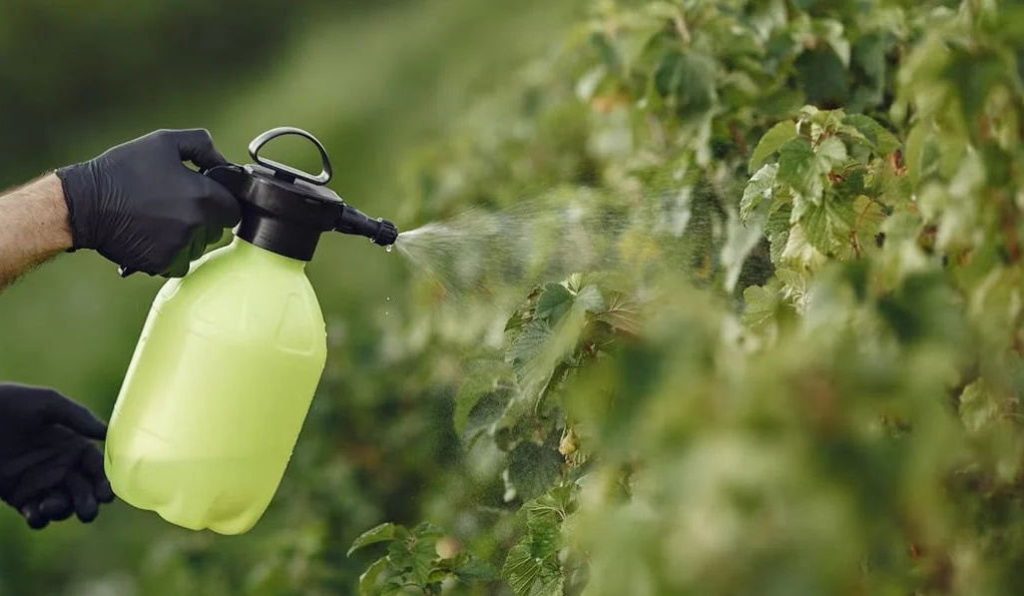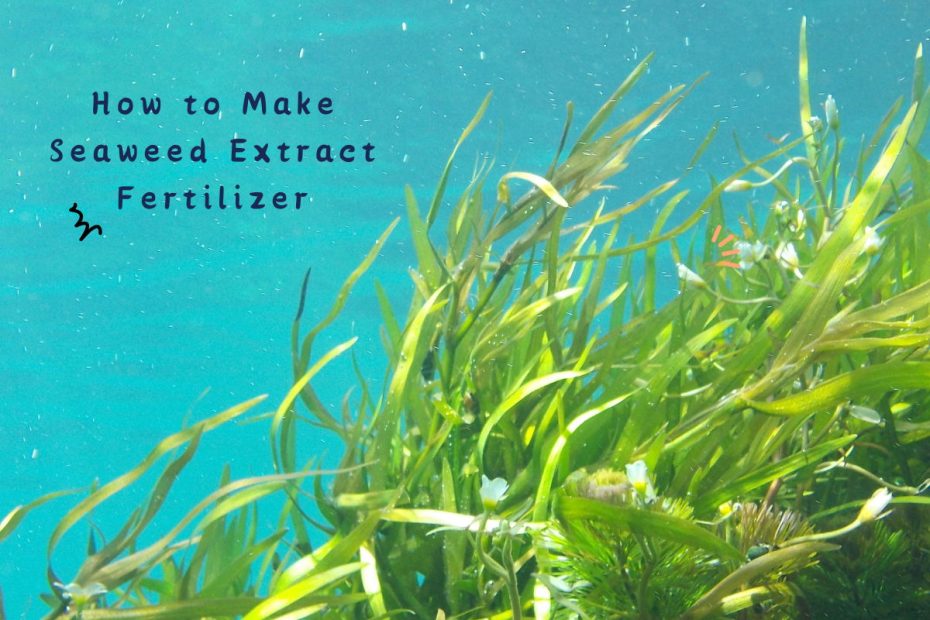Introduction
Algae and kelp that spread on the beach after high tide can cause a nuisance to beachgoers or workers. However, after using seaweed in your garden, you will see it more as a magical gift that your plants need rather than a nuisance. Seaweed extract fertilizer is not only rich in nutrients but also contains essential minerals and trace elements that are beneficial to plant growth and soil health. Can promote vigorous plant growth and stress resistance. In this article, we’ll learn how to make seaweed fertilizer to promote plant health.
Table of Contents
Introduction to Seaweed Extract Fertilizer
Seaweed extract is made from marine algae or kelp as the main raw material, extracted and refined. It is rich in 18 kinds of proteins and amino acids that can be directly absorbed and utilized by plants, as well as plant growth regulators (auxins, cytokinins, gibberellins, etc.), alginic acid, humic acid, vitamins, nucleotides, and plant stress resistance factors. Potassium, nitrogen, phosphorus, and trace elements. Making it a valuable source of nutrients for plants, promoting root development, flowering, and overall plant vitality.

Types of seaweed for fertilizers
Types of seaweed for fertilizers
A variety of seaweeds can be used to make fertilizers, including kelp, dulse, nori, and seaweed. Each type offers unique benefits due to its specific nutritional profile and bioactive compounds. For example, kelp is known for its high iodine content and growth-promoting hormones. KHUMIC uses Alga800 and Alginate Oligosaccharide extracted from Ascophyllum nodosum to increase crop quality and yield by 15-30%.

Benefits of Seaweed Extract Fertilizer
There are many benefits to using seaweed in the garden, and there are many different ways to use it. Like most organic materials, seaweed improves soil structure and increases soil porosity while also increasing moisture retention. The nutrients in seaweed can stimulate beneficial soil microbial activity, enhance plant resistance to stress sources such as pests and diseases, improve nutrient absorption and metabolism, and improve plant growth and development. Dried seaweed can also be put into compost to add nutrients to the fertilizer.

Steps to Make Seaweed Extract Fertilizer
Collect Materials
When collecting fresh or dried seaweed for fertilizer production, a sustainable approach is crucial. Avoid fishing from protected areas or overfishing, as this can damage marine ecosystems. Choose seaweed that washes ashore naturally or source it from sources that use responsible harvesting methods.
Prepare Seaweed
If using fresh seaweed, rinse thoroughly to remove any salt or debris. If using dried seaweed, soak it in water to rehydrate it.
Brewing Fertilizer
 Chop or blend the seaweed into small pieces to enhance the extraction process. Then, you can choose to ferment the seaweed to increase its nutrient utilization, or soak it directly in water to make liquid fertilizer (soak the seaweed in water for about an hour, then filter out the leaves, use the remaining “tea”, press 1 dilute the fertilizer at a ratio of 1 part kelp to 10 parts water).
Chop or blend the seaweed into small pieces to enhance the extraction process. Then, you can choose to ferment the seaweed to increase its nutrient utilization, or soak it directly in water to make liquid fertilizer (soak the seaweed in water for about an hour, then filter out the leaves, use the remaining “tea”, press 1 dilute the fertilizer at a ratio of 1 part kelp to 10 parts water).
Fermenting seaweed extract involves breaking down organic matter through microbial activity, tightly wrapping seaweed cut into small pieces, and then pouring water over them. Place in a container with a lid, as the seaweed will smell as it begins to decompose. Place a brick or stone on top to hold it in place. Place the container in a sunny location away from the house. Stir the liquid daily while it brews, then strain it every few weeks and add more fresh seaweed to the tub. Dilute the liquid at a ratio of 1 part seaweed solution to 10 parts water. The filtered residue can go into the compost bin. Use them as compost and spread them on top of the soil.
Tools
- A vessel used for brewing; Strainer or cheesecloth; Use a spray bottle
Materials
- fresh seaweed; water
Apply Seaweed Fertilizer
Fresh seaweed is often tilled into the garden, mixed into compost bins, spread into mulch, or dissolved and sprayed. Dried seaweed can be used in the garden or chopped, mulched, or ground and spread around plants. Seaweed fertilizer tea can be poured over the root zone or used as a foliar spray onto the leaves of the plant. The filtered seaweed chips can be mixed into your compost bin or garden.
Be careful to fertilize in the morning or evening to avoid sunburn on the plant leaves. Store the remaining seaweed extract in a cool, dark place for future use.

Conclusion
Making your own seaweed extract fertilizer is a beneficial and environmentally friendly way to provide your plants with the nutrients they need for growth and vitality. Experiment with different concentrations and application methods to see what works best for your garden.
However, it should be noted that in some areas, the coastline is a protected area, and collecting on some beaches is usually prohibited. And seaweed can quickly turn into a slimy, smelly mess as it decomposes. You can directly purchase the prepared seaweed extract fertilizer, saving a lot of time!
FAQs
Is seaweed fertilizer suitable for all types of plants?
Yes, seaweed extract fertilizer is beneficial to various plants, including vegetables, fruits, flowers, and ornamental plants. Its gentle and natural formula makes it suitable for indoor and outdoor plants.
Can I make seaweed fertilizer at home?
Absolutely! Making seaweed extract fertilizer at home is easy and cost-effective. Following the steps outlined in this guide, you can make your own organic fertilizer based on your plants’ needs.
How often should seaweed fertilizer be applied?
The frequency of application depends on the growth stage of the plant and specific product instructions. Generally speaking, seaweed extract fertilizer can be applied every 2-4 weeks during the growing season for continued nutrition.
Will seaweed fertilizer completely replace other fertilizers?
While seaweed extract fertilizer is an effective and versatile option, it is beneficial to supplement it with other organic fertilizers to ensure a complete supply of nutrients to your plants. A balanced fertilization approach produces the best results.
Can seaweed fertilizer enhance soil structure?
Yes, seaweed extract fertilizer not only provides nutrients to plants but also improves soil structure by promoting microbial activity and decomposition of organic matter. Over time, using seaweed fertilizer results in healthier, more fertile soil.
